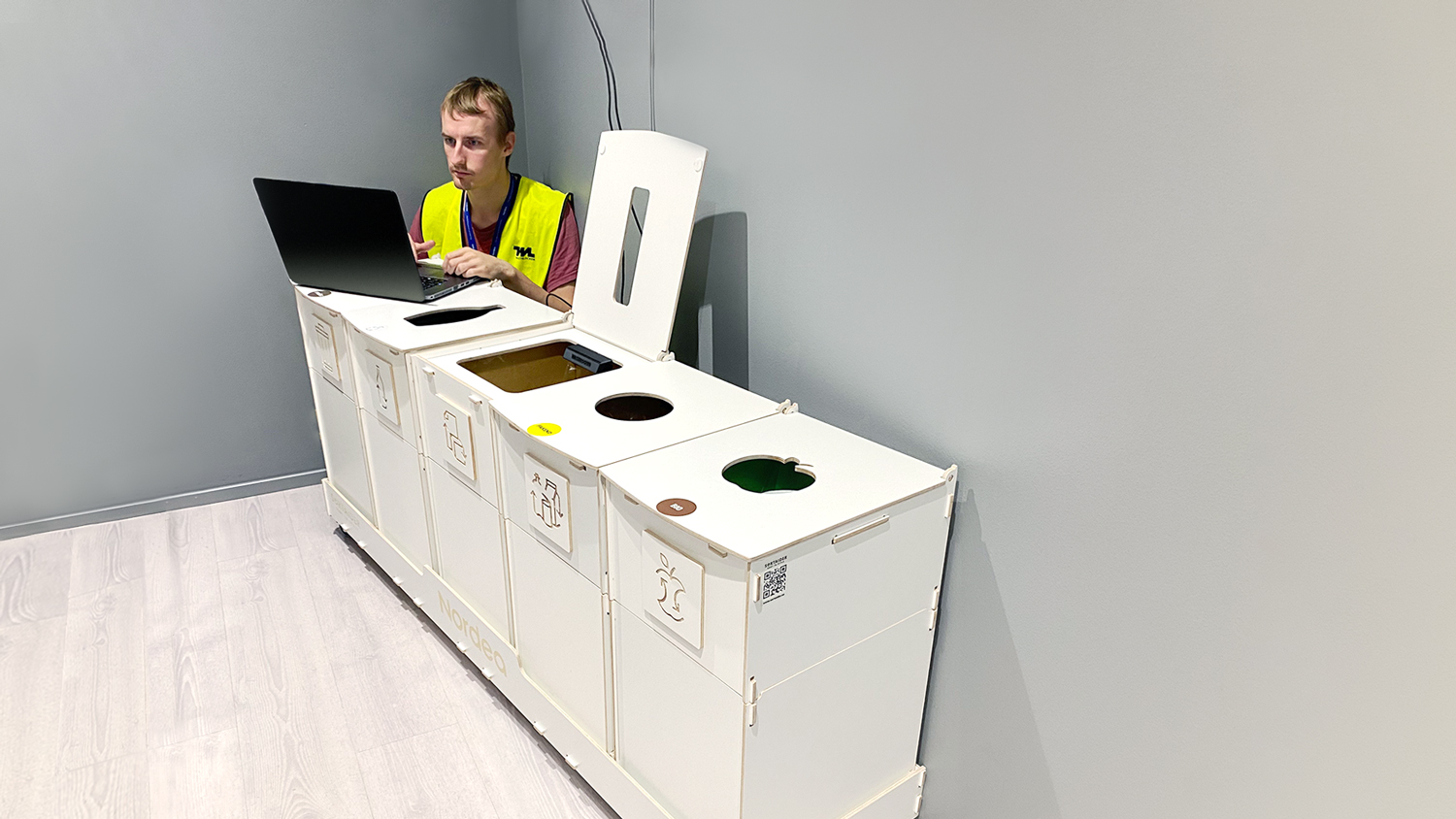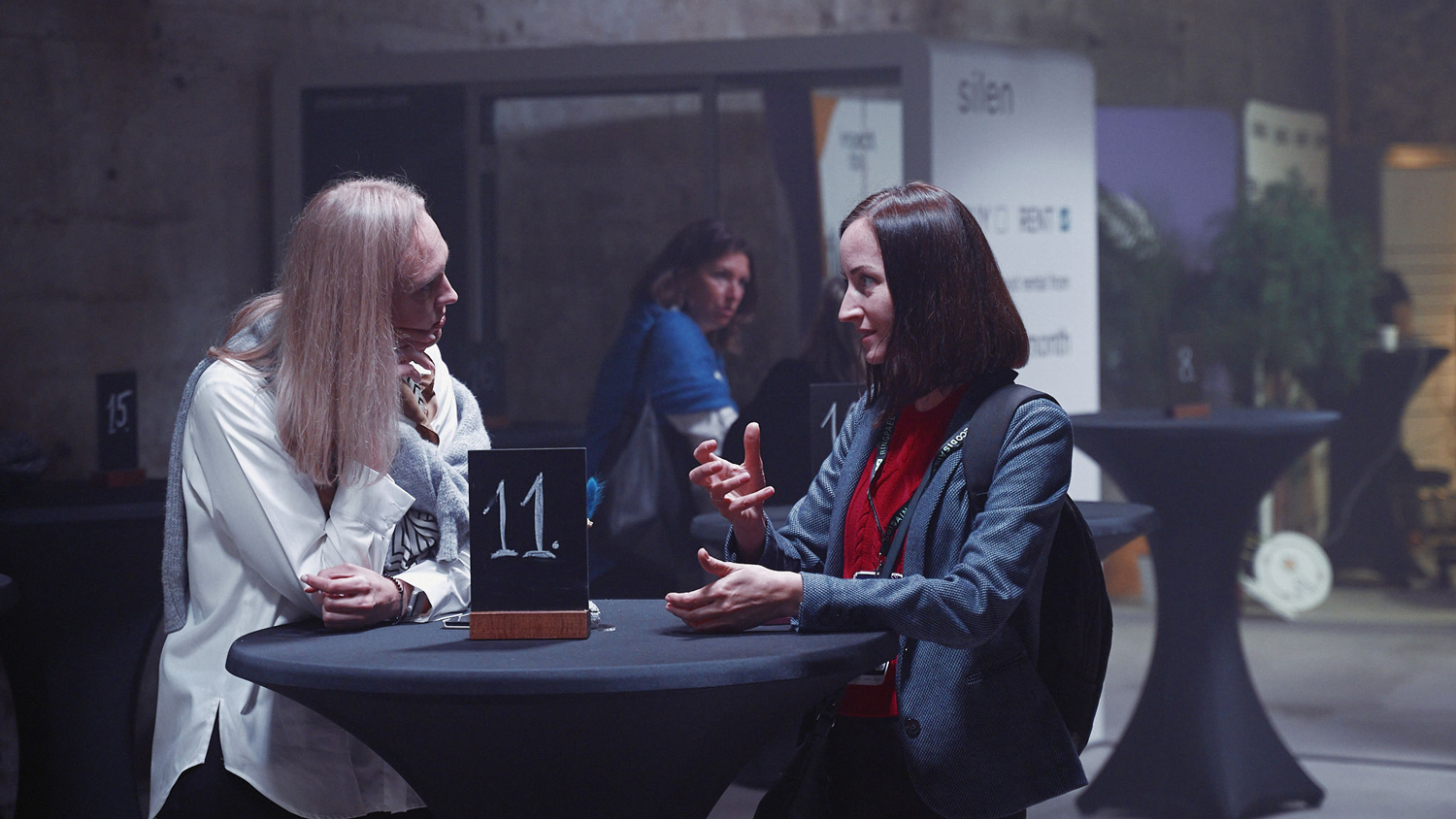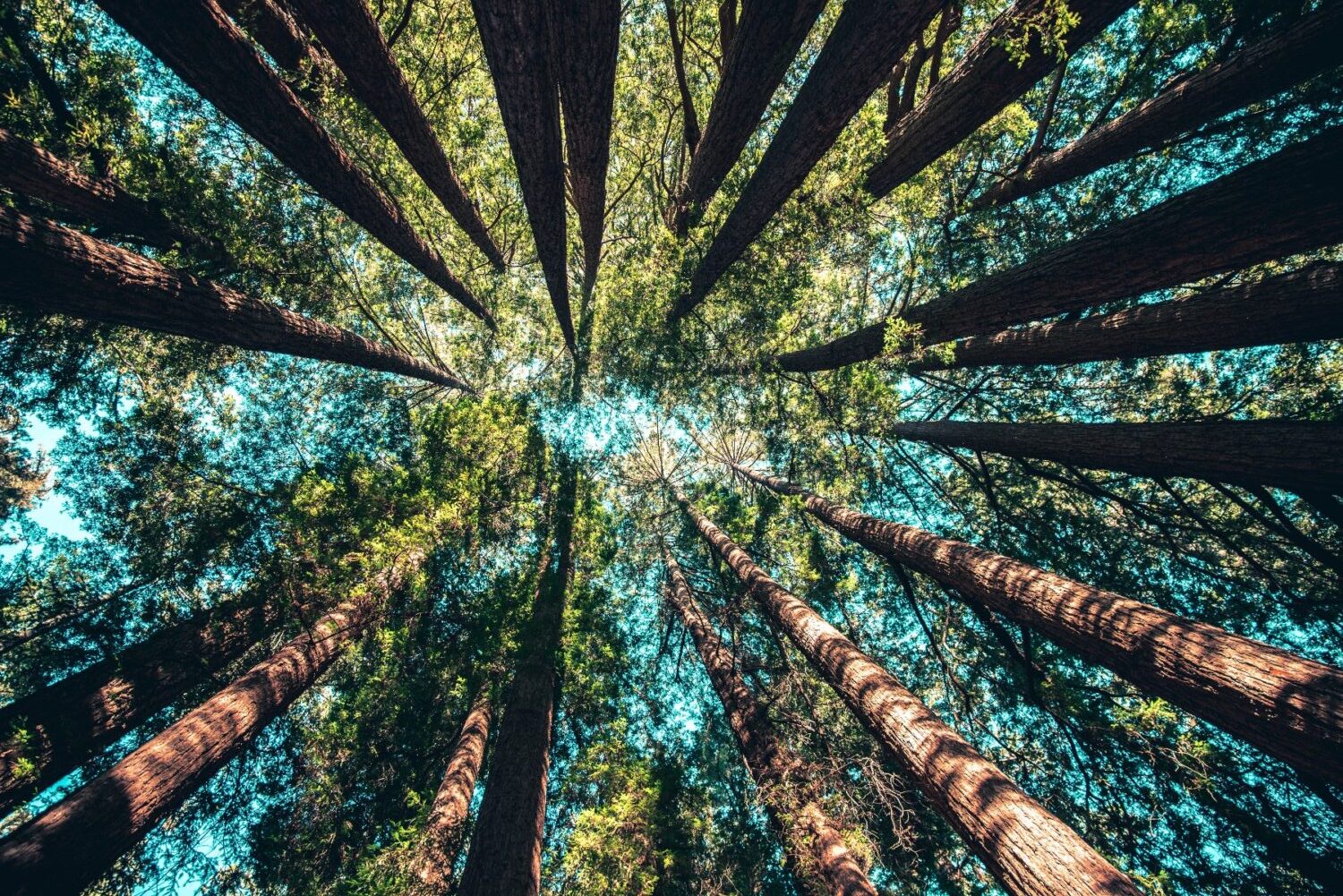Next time you pass a waste container, think twice – is it being honest with you? Luckily, it’s not that hard to find out, look inside one of them. What you might find may surprise you: used paper towels inside paper waste containers, plastic packaging in bio-waste, and bio in mixed waste. Quite a deception, isn’t it? This is one of the reasons we still generate 2.01 billion tons of municipal solid waste globally each year and around 8 million pieces of plastic make their way into our oceans every day.
What are the common mistakes in recycling?
The most frequent mistakes occur when various kinds of rubbish end up in a mixed waste flow, without people acknowledging their potential for recycling. WasteLocker’s research shows that more than half of mixed waste contains packaging and bio-waste that could have been perfectly well sorted. In offices and households, bio-waste is usually the most significant component of waste by mass, accounting for more than 50% of all waste generated. As well as this, many people mistake wet paper towels as mixed waste or paper, although they should be thrown in the bio-waste container. This means that proper sorting of bio-waste alone can significantly reduce the amount of mixed waste going to landfills or incineration.
Another important common misconception placed on the consumer is that bio-waste for waste pickup can be any waste that essentially does degrade. This is not true because bio-waste is sent for industrial composting. Compost is produced industrially in 30 days, which means that unsuitable products do not have time to properly decompose. For many frequent bio-wastes, such as bones, it is impossible to degrade within this timeframe. This is also one of the reasons why biopolymers, essentially bio-plastic bags and drinking cups, cannot be put into bio-waste. The time needed for them to degrade is 90-180 days.
If there is demand, the technology will come along
Then, there is the unending candy wrapper dilemma. Impact Day’s this year’s partner WasteLocker itself claims that it is “improving the world, one candy wrapper at a time”, but how can you do this when a candy wrapper is technically plastic packaging but due to its complex material composition, it cannot be recycled? The answer is that you have to challenge the system and start with small but ever-increasing steps. Technically, a candy wrapper can be put into mixed waste because it is not recyclable but also into packaging because it is essentially packaging. So which one to choose?
We say it should be packaging. While candy wrapper recycling is economically not viable in any way at the current moment, it likely will be at some point in the future. So the logic goes: if there is enough demand, the technology will come along… or at least the design of the unrecyclable candy wrapper will change. Putting the candy wrapper inside the packaging container can put higher pressure on the producers to make better packaging and essentially make its recycling more viable.
Another similar question is with tea bags – is it bio or mixed waste? Answer: does it contain plastics? So put on your magnifying glass and figure it out while we continue. If it does – well, put it into mixed waste. If it does not, put it into the bio. One can argue that even with plastics, it can be placed into bio because microplastics are anyways everywhere. Technically, yes, microplastics have even been found in the bloodstreams of newborn babies, but do we need to make it even worse? How about resisting the status quo and stuff?
We should not focus on numbers, but on the impact of our actions
Speaking about the status quo. Have you ever tried to spy on the cleaners – well, we definitely have. Sometimes, an employee can sort safe and sound, but the cleaning partner puts the waste into the wrong bins. And this is not necessarily because they are evil or the company has not created the right conditions. The simple truth is that waste is often still disregarded, and the communication channels can be too long for the information to reach the right people at the right moment. This is one of the reasons our solution has helped identify and address the specific shortcomings. The same is true with paper cardboard, which is often not broken down. As a result, half of the waste container is pure air – not very optimal.
Despite all the above, there is still light in the tunnel. Waste is being handled more carefully, and the issues are seeing more daylight. The new Corporate Sustainability Reporting Directive or CRSD does require companies to disclose their generated waste amounts. But people still find shortcuts to benefit, though. Peculiarly enough, those shortcuts come with strings attached. One such example is that many companies opt for an easy solution to measure their waste amount using a simple formula: waste container volume times the number of containers times emptying frequency times a coefficient. It is simple in theory but vastly misleading in practice. What we find is that up to half of the containers can be empty when they are emptied. So this is just providing wrong statistics in the first place, amplifying the environmental footprint, and not accounting for the non-optimal use of resources.
Small steps, big impact
Next time you come to the office, ensure your bin isn’t cheating you. How can you do this? Just look inside and think for a moment about whether its contents are what they should be. The waste flow starts with a person deciding where to throw their waste. The fact that a company has created the right conditions for sorting waste does not mean people will sort it correctly. This requires attention to the right things, guidance and understanding why it is so important. Don’t just tell them. Show them!




